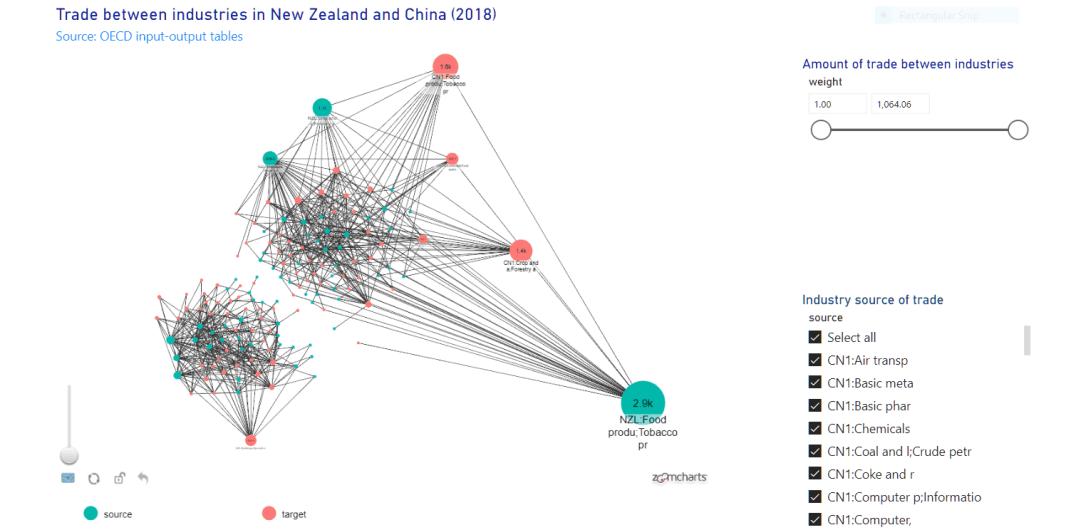Do Speed Cameras Really Prevent Pedestrian Collisions in Toronto?
Traffic safety is a critical concern for any city, and speed cameras have long been touted as a solution to protect vulnerable road users. But do these electronic watchdogs actually make our streets safer? In this deep dive into Toronto's speed camera program, I uncovered some surprising—and disappointing—findings.









